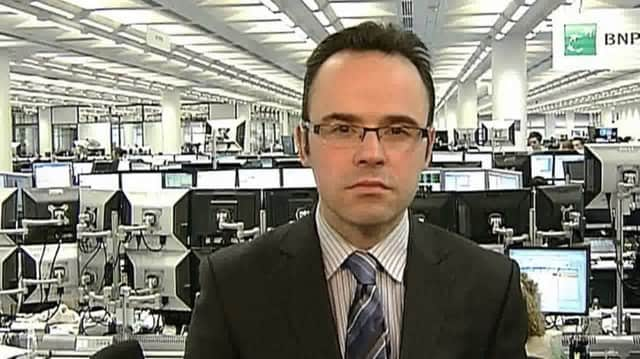Interest rate rise is put on ice


The forecasts came after official figures showed the key measure of consumer price inflation holding steady at zero per cent last month, matching February’s result.
However, a calculation to two decimal places showed that it was fractionally lower in March, having been at plus 0.03 per cent the previous month.
Advertisement
Hide AdAdvertisement
Hide AdThe official headline rate of zero remains the lowest since comparable records from the Office for National Statistics (ONS) began in 1989. According to an experimental model created by the ONS, the last time it was lower – at minus 0.6 per cent – was in March 1960.
Inflation has been dragged lower by the tumbling cost of crude oil and a fierce price war among the big supermarket chains. The marginal decline in prices means that a basket of goods and services worth £100 in March last year would have cost £99.99 this year.
UBS economist David Tinsley said that there was little sign of any inflationary pressures within the supply chain. He said: “Overall, [consumer] inflation is likely to remain around zero throughout the rest of this year and could still go below it next month.
“It is not until the end of this year, when some of the base effects fall away, that we should see a tick-up in inflation.”
Patrick Schotanus, investment strategist at Kames Capital, said: “Overall, these latest figures suggest that, at least from an inflation perspective, the Bank of England has no urgency to start raising rates.
“Should prices actually fall in the near future, the majority in the monetary policy committee – including governor Mark Carney – currently seem comfortable to treat any such moves as temporary, with any future change in rates thus likely to be an increase.
“Still, current market prices imply that such an increase will not materialise until 2016.”